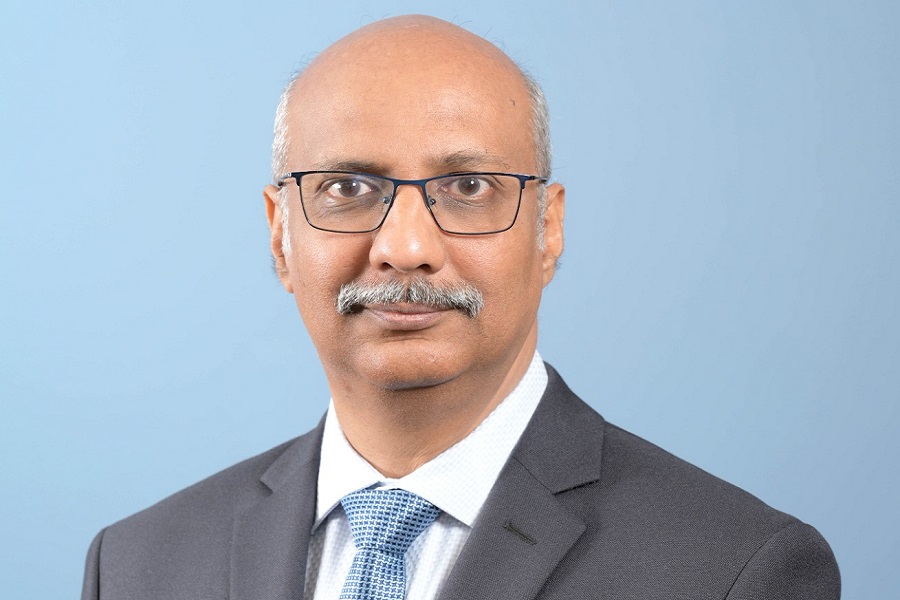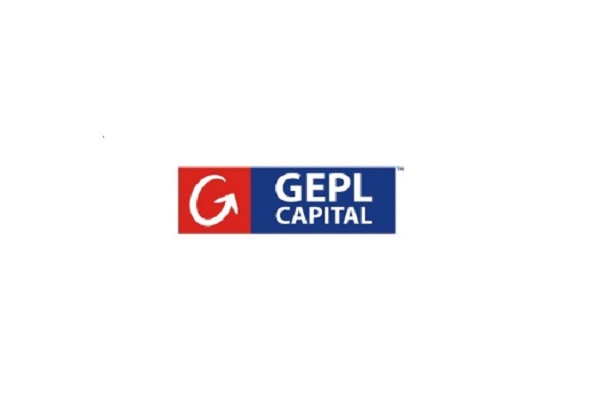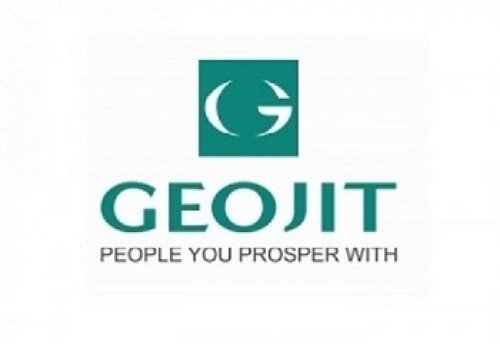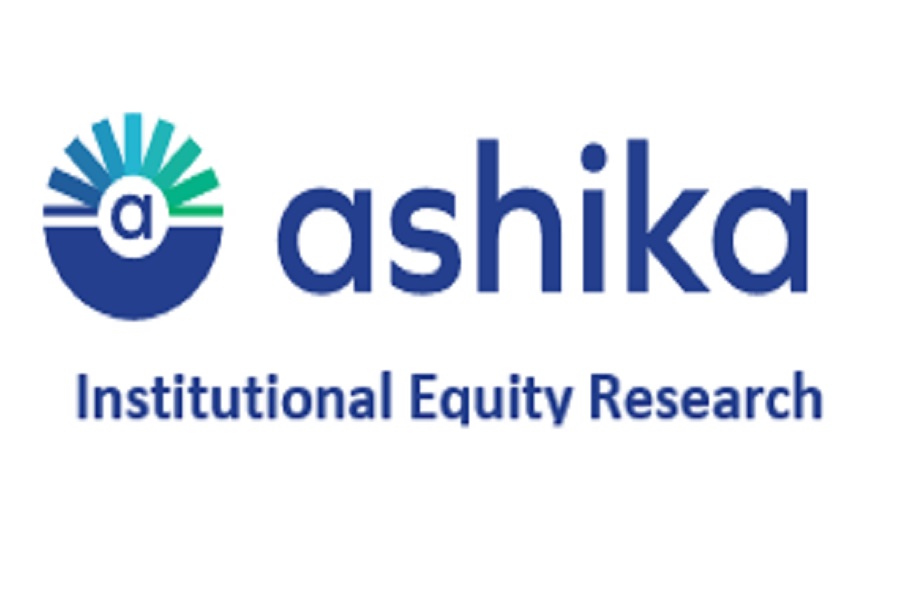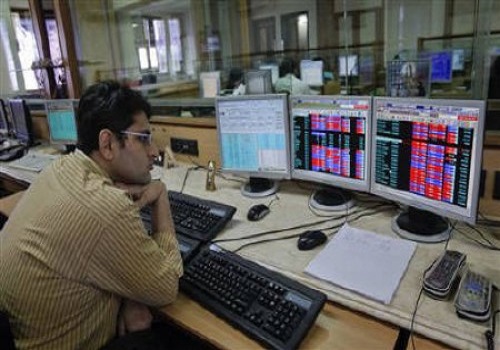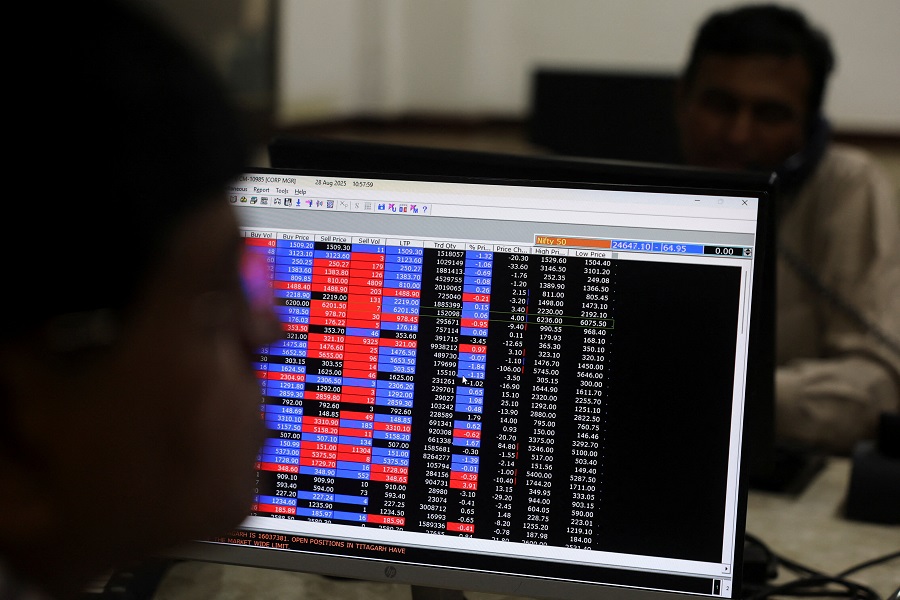Views on AMFI Data June 2025 by Mr Ankur Punj MD and National Head Equirus Wealth

Below the Views on AMFI Data June 2025 by Mr Ankur Punj MD and National Head Equirus Wealth
Equity and Hybrid Mutual Funds Continue to Attract Strong Inflows in June 2025: Mr Ankur Punj MD and National Head Equirus Wealth
The Indian mutual fund industry recorded robust net inflows of Rs 49,095 crore in June 2025, marking a sharp 69% increase over May’s Rs 29,108 crore. The surge reflects sustained investor confidence across asset classes, particularly in equity and hybrid categories.
The consistent rise in equity inflows, especially in mid and small-cap segments, reflects growing investor confidence in India’s long-term growth narrative despite global uncertainties. The uptick in hybrid strategies also suggests that investors are increasingly seeking a balance between growth and risk mitigation—a healthy sign of evolving market maturity. With global rate cycles stabilising and India’s earnings season underway, we expect investor focus to remain strong on thematic and multi-asset categories heading into Q2 FY26.
Equity mutual fund net inflows rose 24% month-on-month to Rs 23,587 crore from Rs19,013 crore in May, led by strong demand in Flexi Cap, Small Cap, and Mid Cap categories. Hybrid funds sustained momentum with Rs23,223 crore in net inflows vs Rs20,765 crore in May, driven by arbitrage and multi-asset allocation strategies. This reflects rising preference for products balancing return potential with volatility protection.
Debt-oriented funds saw moderated outflows of Rs1,711 crore, compared to a sharper Rs15,908 crore in May. While Liquid and Overnight Funds witnessed quarter-end redemptions, steady inflows into Corporate Bond and Short Duration Funds signal selective optimism in fixed income. ETF flows totaled Rs3,997 crore, down from May’s Rs5,526 crore, with Gold ETFs dominating, as investors moved towards safe-haven assets amidst global macro uncertainty. Overall AUM climbed to Rs74.4 lakh crore. These trends highlight maturing investor behavior, increased retail participation, and a continued shift toward diversified long-term wealth creation.
Above views are of the author and not of the website kindly read disclaimer
